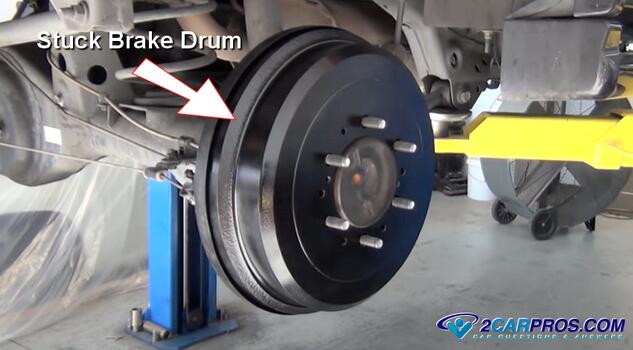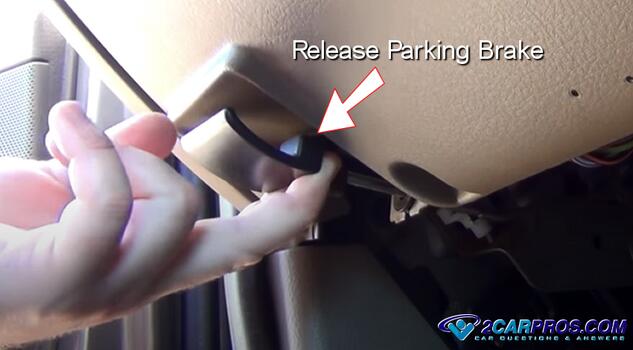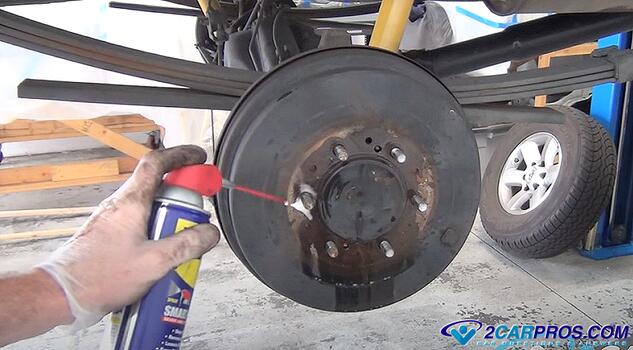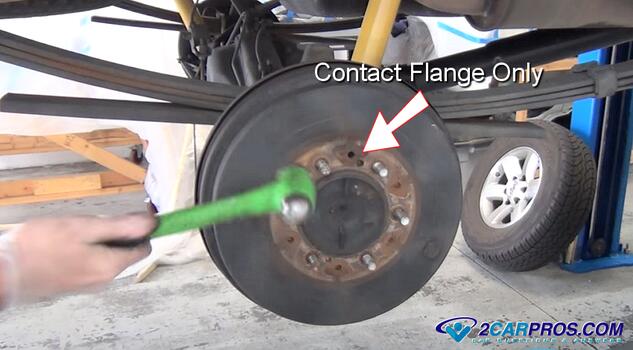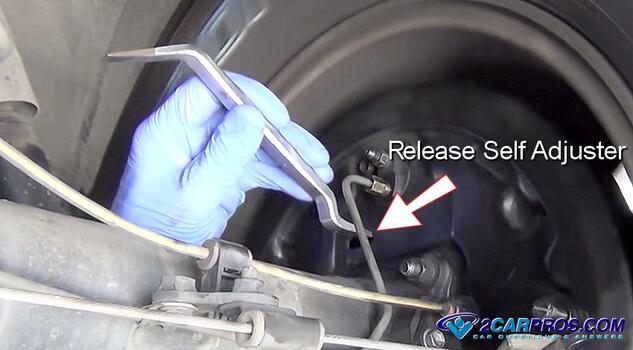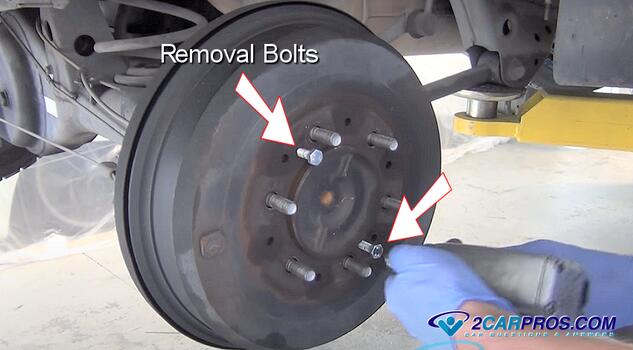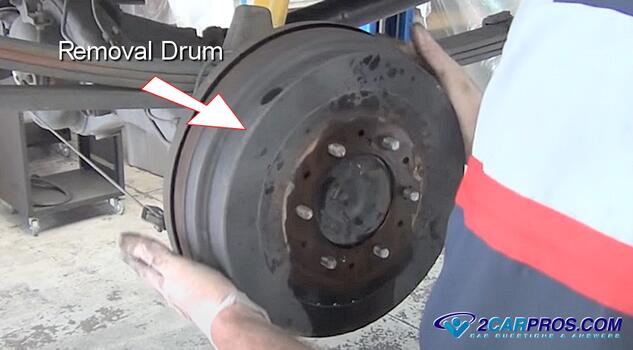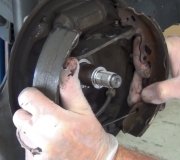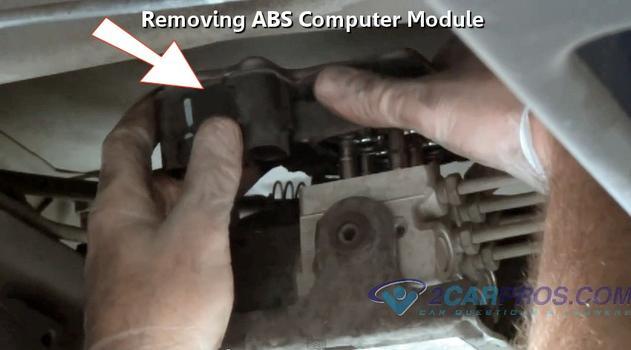It is common for a brake drum to get stuck on the axle flange due to moisture and heat of the freshly machined metal exposed by the manufacturing process on both the axle and drum. Additionally, because the brake shoes are mounting to the braking plate they can get "hung up" on the inside lip of the drum which can hinder removal as well. In this guide we will go over the procedure on the removing a stuck brake drum. Brake drum removal is mandatory for brake shoe replacement and brake inspections.
Before We Begin
You will need the following to do this job:
- Basic tool kit
- Floor jack
- Large Hammer
- Penetrating oil like WD40
- Brake shoe adjustment tool
- Lug wrench
- Butane Torch
- Two metric thread 8mm x 1.5 bolts (some applications)
- Gloves and eye protection.
Getting Started
1. The vehicle must by lifted from the ground on a level surface with the front tires blocked to prevent the car from moving while on the jack stands. This guide can help you see how to lift your car safely and the proper location under the car for the jack stands, do not work under any vehicle without following these instructions.
2. While the car is supported by the jack and before the tires loose contact from the ground, break the lug nuts loose one full turn and then continue to raise the vehicle.
3. Once secure, continue to remove the wheel and tire and then place the tires flat under the car just in front of the jack stands for added support and safety.
Removing the Stuck Brake Drum
1. The first thing that needs to be checked is to make sure the parking brake is not engaged. I know this sounds funny but if the brake shoes are held against the drum it will not come off the axle.
2. Use penetrating oil such as WD40 or Rustbuster to help soak the axle flange as it protrudes through the center of the drum and around the wheel studs. This will help the oil disperse throughout the mating surface between the drum and axle flange to help dissolve rust and corrosion.
3. Rethread the lug nuts into the wheel studs for protection (not shown here) and use a large hammer to strike between the wheel studs and axle flange. Some mechanics are skilled with a hammer and don't require the added protection.
4. All brake shoes have a self adjuster, which moves the shoes outward as they wear. If you can feel the drum is loose from the axle flange but the drum is still not coming off it could be the brake shoes need to be adjusted inwards so they can clear the brake drum lip. Most of the time the adjuster will "max out" as not to allow the shoes to over-adjust. Use a brake shoe adjustment tool or a standard screwdriver to "back off" the adjuster to release the shoes inward away from the drum. A small long standard screwdriver might be needed to hold the self adjuster actuator arm away from the self adjuster while performing this action. An alternative method is to grind the head of the brake shoe anchor pins to release the shoes from the backing plate.
5. On Japanese and German cars and trucks two small threaded holes are located at the axle flange level of the drum. Most of the time the bolt thread size will be 8mm x 1.5 and they will have a 12mm or 13mm bolt head. Insert the bolts and simply tighten evenly, this should pop the drum from the hub. These are not included in the brake kit so you will need to get them yourself.
6. For this step you will need a butane torch. While wearing sun glasses or welding goggles, use the torch to heat around the axle flange and wheel studs (do not heat the entire drum), this will help expand the drum and will cause the rust to dissolve (avoid overheating). While the drum is still hot, use the hammer to strike the drum again as before. This should "pop" the drum from the flange; this method is very effective.
7. Once the brake drum has cooled it will be ready for removal. A brake drum is heavy so be ready once the it is free from the axle, use both hands for support.
8. Use a wire brush to help remove any remaining rust from the axle and drum. Avoid applying grease or oil to the drum or flange to prevent rust, this lubricant will get on the brake shoes once they get hot and cause them to lock up.
Watch the Video!
Please watch this video of the job being done to glean additional helpful information.
Credits
This guide knowledge base was created by the 2CarPros Team, and by Ken Lavacot: Automobile repair shop owner and certified master automobile technician of over 30 years. If you have question or need help please ask one of our experts we are happy to help. Please visit our 2CarPros YouTube Channel.
